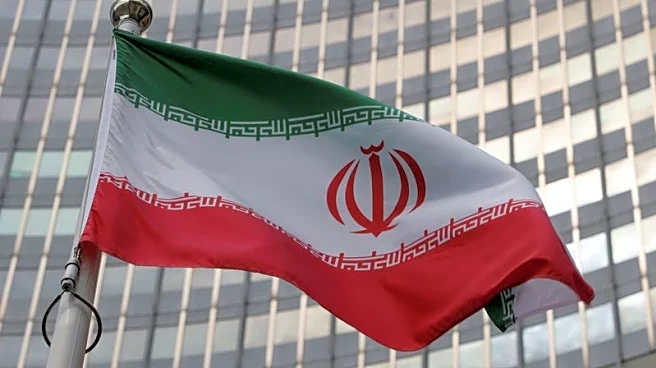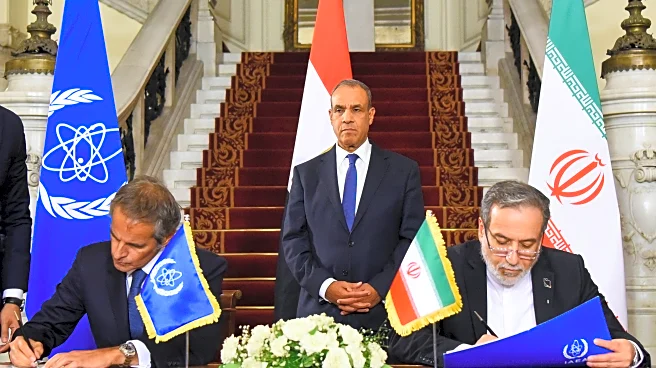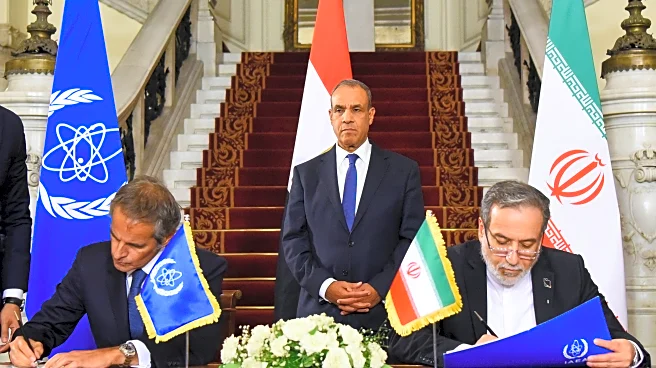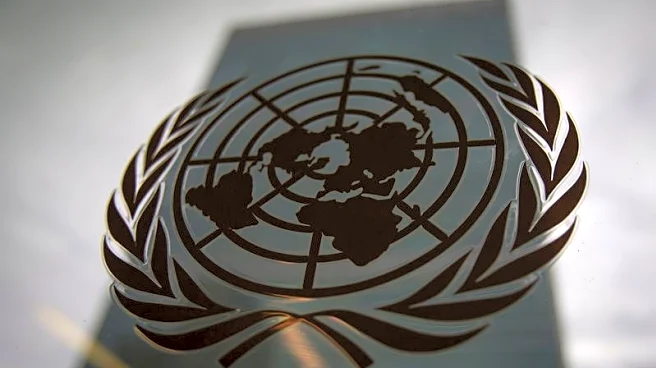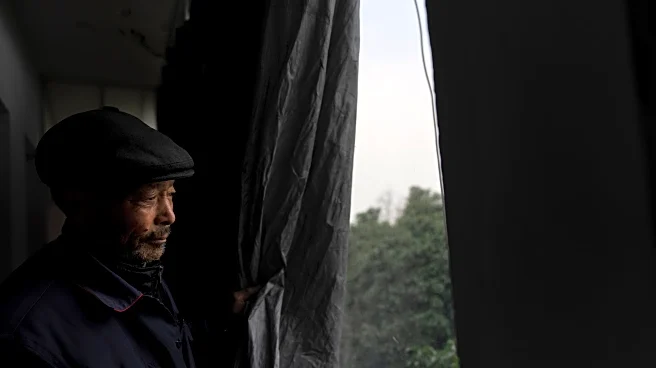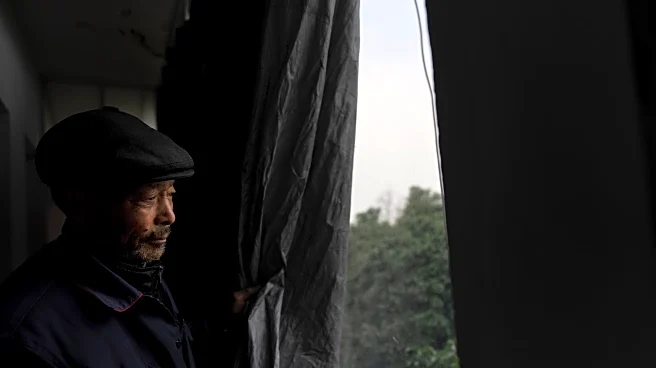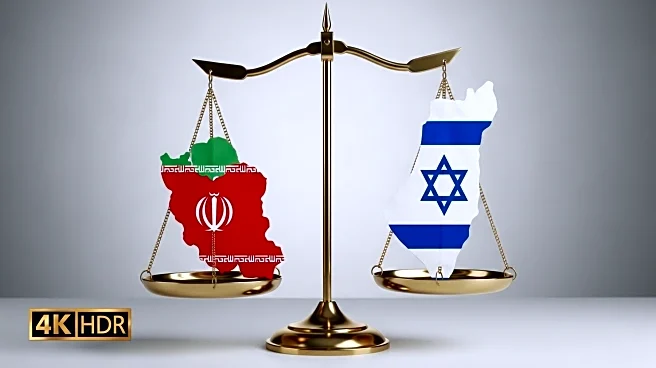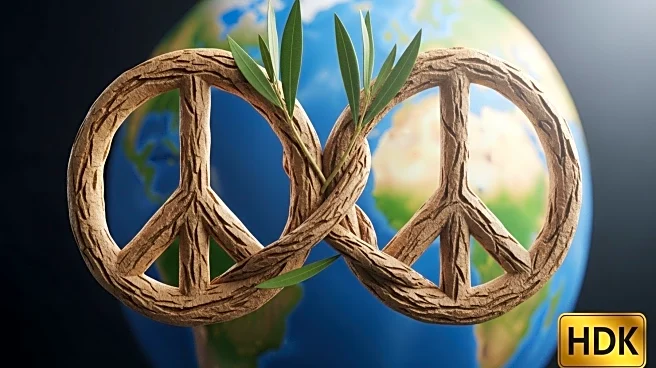What's Happening?
Iran is transforming a section of the Behesht-e Zahra cemetery in Tehran, known as Lot 41, into a parking lot. This site contains the remains of thousands of individuals executed during the 1979 Islamic Revolution. Satellite images reveal ongoing construction, with half of Lot 41 already paved over. The decision has been acknowledged by Iranian officials, including Tehran's deputy mayor, who cited the need for parking space. Human rights experts argue that this move is part of a broader pattern by Iran to erase evidence of past atrocities, hindering efforts for historical justice and accountability.
Why It's Important?
The conversion of Lot 41 into a parking lot is significant as it represents Iran's continued efforts to obscure its historical record of human rights abuses. This action could impede justice for victims' families and survivors seeking accountability for the mass executions. The destruction of such sites raises ethical concerns about the preservation of historical memory and the rights of families to honor their deceased relatives. It also highlights the challenges faced by human rights organizations in documenting and addressing past abuses in Iran.
What's Next?
The decision to repurpose the graveyard may face legal challenges, as it appears to conflict with Iran's regulations requiring family consent for such actions. Human rights groups and activists may increase pressure on the Iranian government to halt the destruction and preserve the site. International bodies could also intervene, urging Iran to respect historical sites and provide transparency regarding its actions. The situation may lead to further scrutiny of Iran's human rights record and its treatment of dissenters.
Beyond the Headlines
The erasure of Lot 41 could have long-term implications for Iran's historical narrative and collective memory. It raises questions about the government's approach to dissent and its willingness to confront its past. The move may also affect Iran's international relations, as it could be perceived as an attempt to avoid accountability for human rights violations. The destruction of such sites may contribute to a culture of impunity, undermining efforts for reconciliation and justice.


